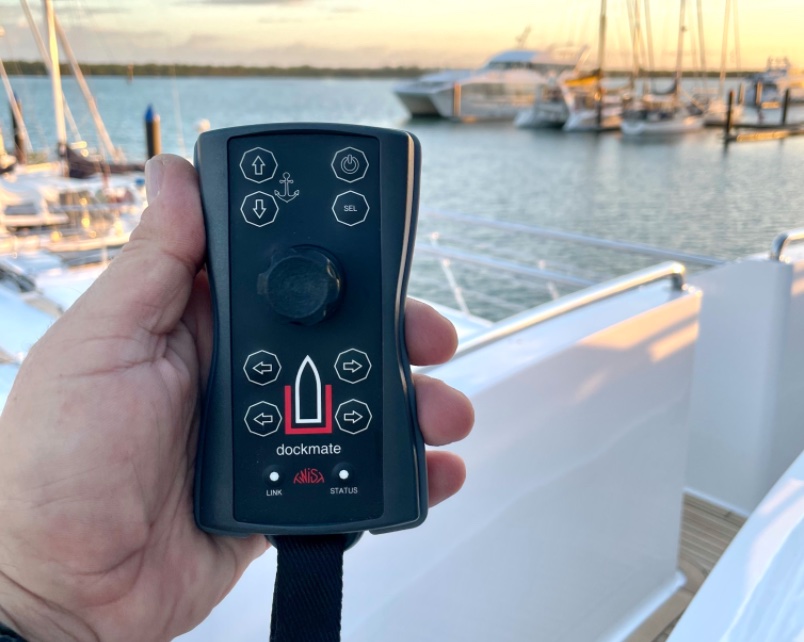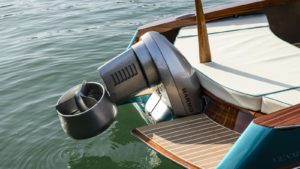Dockmate announces added compatibility and new features

Dockmate, manufacturer of wireless remote controls for yachts, has announced expanded compatibility and new functionality for selected engines.
Dockmate has expanded its list of compatible engine controls to include MTU CAN bus, Yanmar VC20 (Yanmar’s newest CAN bus controls), and Twin Disc EC300 Digital Control Head (Twin Disc’s new CAN bus system). When configured with an analogue Engine Universal Speed Control Interface, Dockmate now supports Suzuki Precision Control.
According to Dockmate, its Engine Universal Speed Control Interface also enables smooth, fully proportional and variable speed throttle control on a wide variety of analogue engine controls. This allows the user to increase the engine RPMs to have a greater and safer amount of control of the boat in a marina when there is current or wind and idle speed is simply not enough to properly manoeuvre the vessel.
The company has also expanded support for its Slow Mode software option. For most applications, a yacht’s idle speed is easy to manage, but for manoeuvring at slow speeds, for example in crowded harbours, boats with powerful engines are often fitted with a slow mode feature for greater control. This feature can involve trolling, reducing the engine RPMs or a combination of both, and Dockmate’s Slow Mode software option enables users to activate and deactivate the boat’s respective slow mode.
“We are continuously working with engine and thruster control manufacturers to add new compatibilities and capabilities to our system, and as engine manufacturers add functionality, we update our system to capitalise on this innovation,” says Dirk Illegems, president, Dockmate. “The entire purpose of the Dockmate system is to provide the ultimate confidence in your manoeuvring skills. The new Slow Mode gives you just a little more control, exactly when you need it.”
Each Dockmate receiver integrates the proprietary communications protocol DockLink – a two-way FHSS (Frequency Hopping Spread Spectrum) communication with handshake and GFSK (FM) modulation. FHSS means that every Dockmate system uses a unique set of six channels in the band of 71 channels, and rotates through more than six channels a second, designed to all but eliminate interference. The Dockmate signal reaches up to 165 feet, which, the company says, is the longest range in the industry, and does not require a range repeater on larger vessels.
With two-way communication between the remote control (transmitter) and the receiver, if in the unlikely event the signal is lost, the Dockmate transmitter will sound three alarms: audible (buzzer), visual (flashing light) and tactile (vibration).
With the recently released Dockmate Cradle fixed-mount wireless charging pad, users no longer have to choose between a fixed joystick or a remote control. The combination of the Dockmate TWIST joystick remote and the cradle enables the Fixed Joystick Mode. When the TWIST joystick remote is placed in the cradle, it can be used just like any other joystick docking system, but by taking the device out, users immediately have the flexibility of a wireless remote control. Additionally, when users are not using their Dockmate, the Dockmate Cradle can be used to charge a Qi compatible smartphone.










